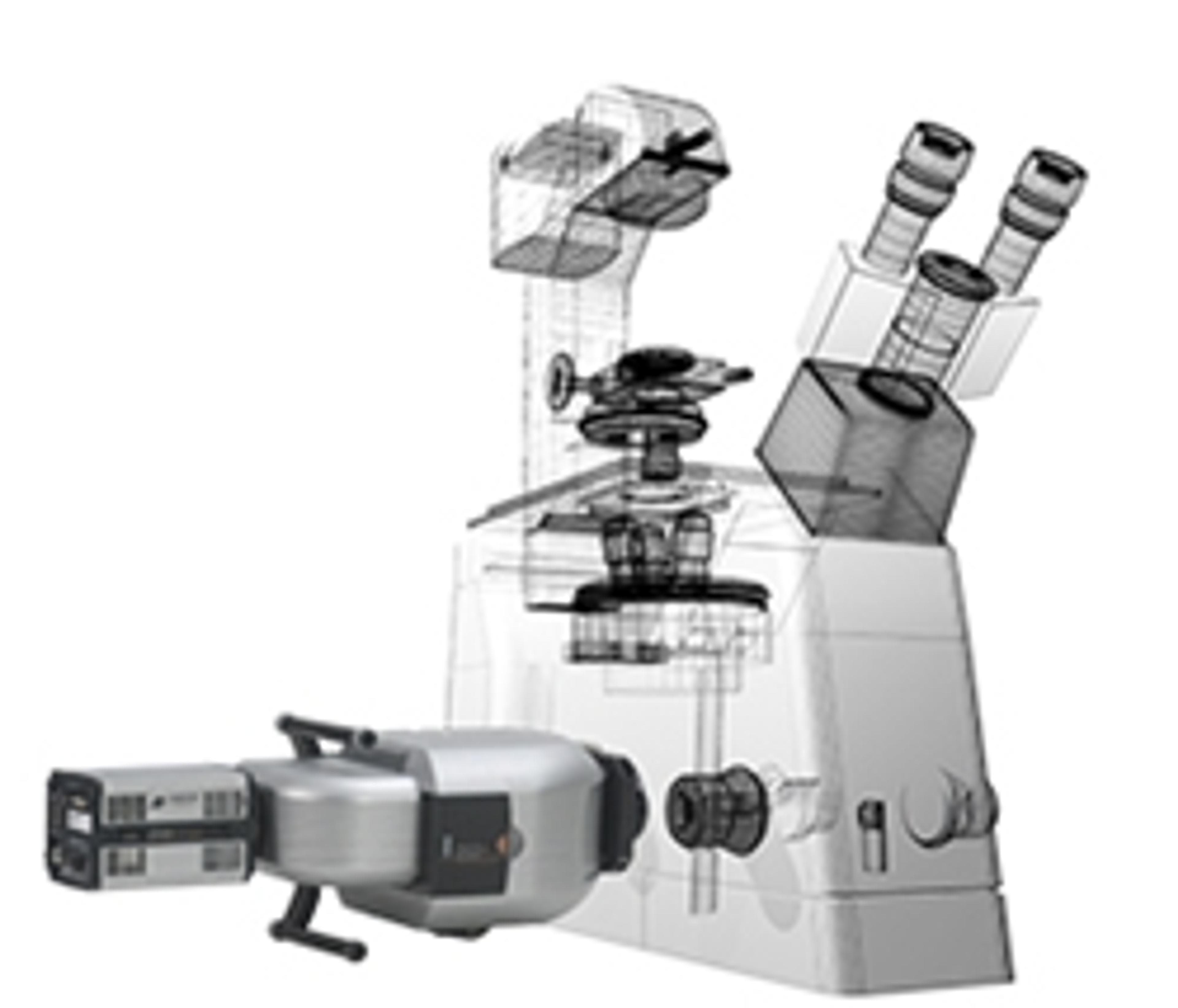Andor Launches Revolution DSD2 Laser-Scanning Confocal Module
23 Jun 2014
Andor Technology Ltd., an Oxford Instruments company and a world leader in scientific imaging and spectroscopy solutions, has announced the launch of the DSD2, the very latest confocal in their Revolution series. The Revolution DSD2 is a compact, laser-free confocal module that can be fitted to most fluorescence microscopes, old and new. This second generation of the DSD makes significant improvements to what was already a successful product, placing it firmly as an alternative option to laser scanning confocals for routine confocal imaging. With the addition of Andor sCMOS camera technology it delivers a large field of view and high dynamic range for stunning image quality. As DSD2 uses a broadband white light source instead of lasers it can image any fluor by selection of filters and is extremely cost-effective to purchase and maintain.
Tested with a number of different microscopes, including the novel combination with fluorescence macroscopes and stereomicroscopes, the Revolution DSD2 produces high contrast, high quality 3D images every time. Now with three confocal settings, the DSD2 provides complete flexibility for use across the full magnification range, making it ideal for fields such as developmental biology, neuroscience, embryology, and plant biology. The DSD2 handles fixed samples with ease, and is also very capable of imaging robust live cell and embryo specimens.
Dr Geraint Wilde, Product Specialist for Microscopy Systems at Andor Technology, says "We are really excited about the future with the DSD2. Our early experience already has users telling us that the performance is as good as, if not better than, the laser scanning confocal systems they use, and at a fraction of the cost. This product will appealing to those who would like to add a confocal to an existing microscope in their lab, allowing them to avoid the expense of core facility charges and the hassle of booking around other users. It will also interest those wishing to replace ageing point scanning. However, most significant is the impact on productivity. Being camera based, the DSD2 captures large, high resolution images around 10 times faster than laser scanning technology, so the researcher is able to work through sample sets quicker, and obtain results sooner."
Image: Drosophila Melanogaster at stage 10. Courtesy of Helane Jambor, MPI Dresden

